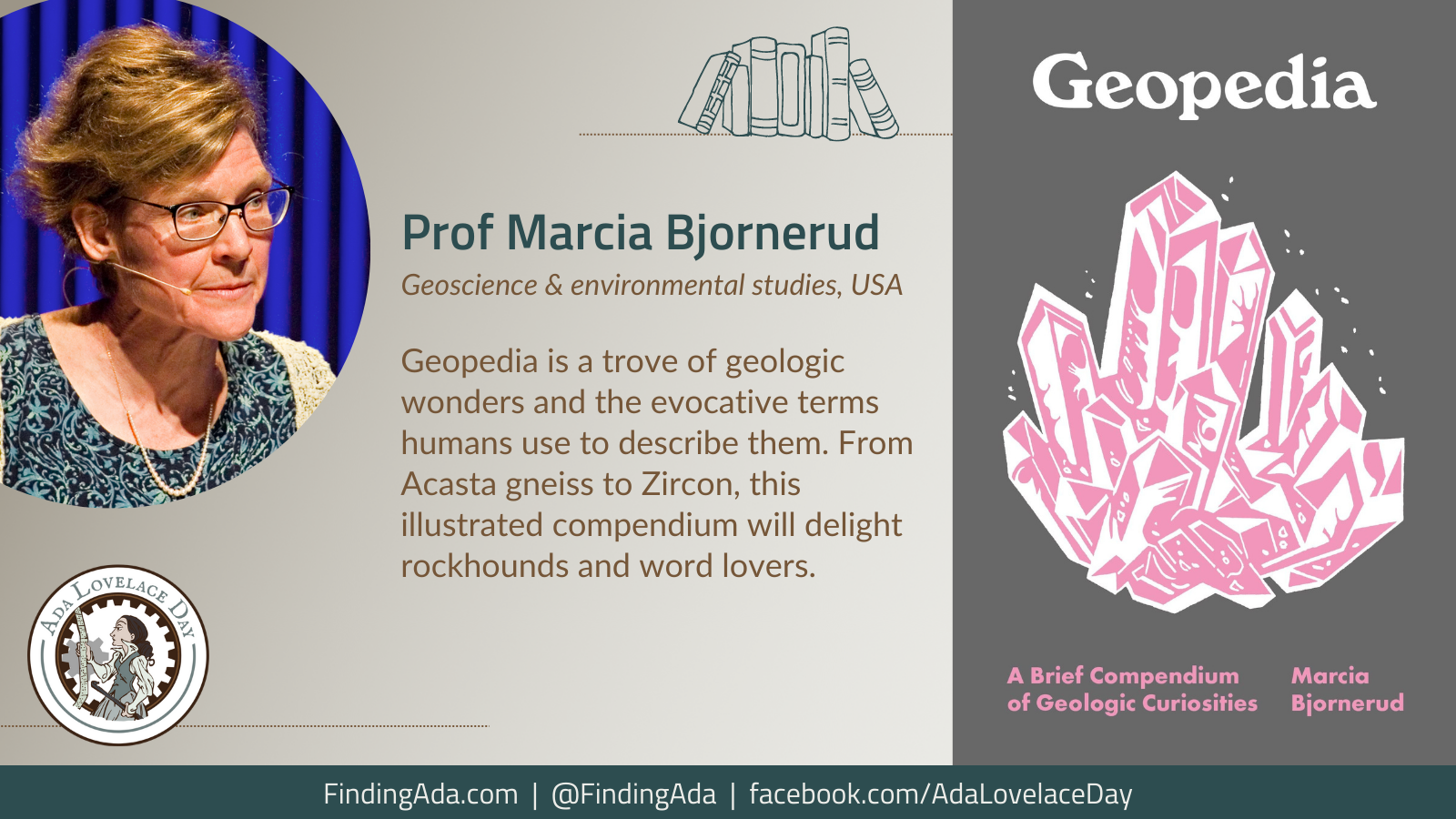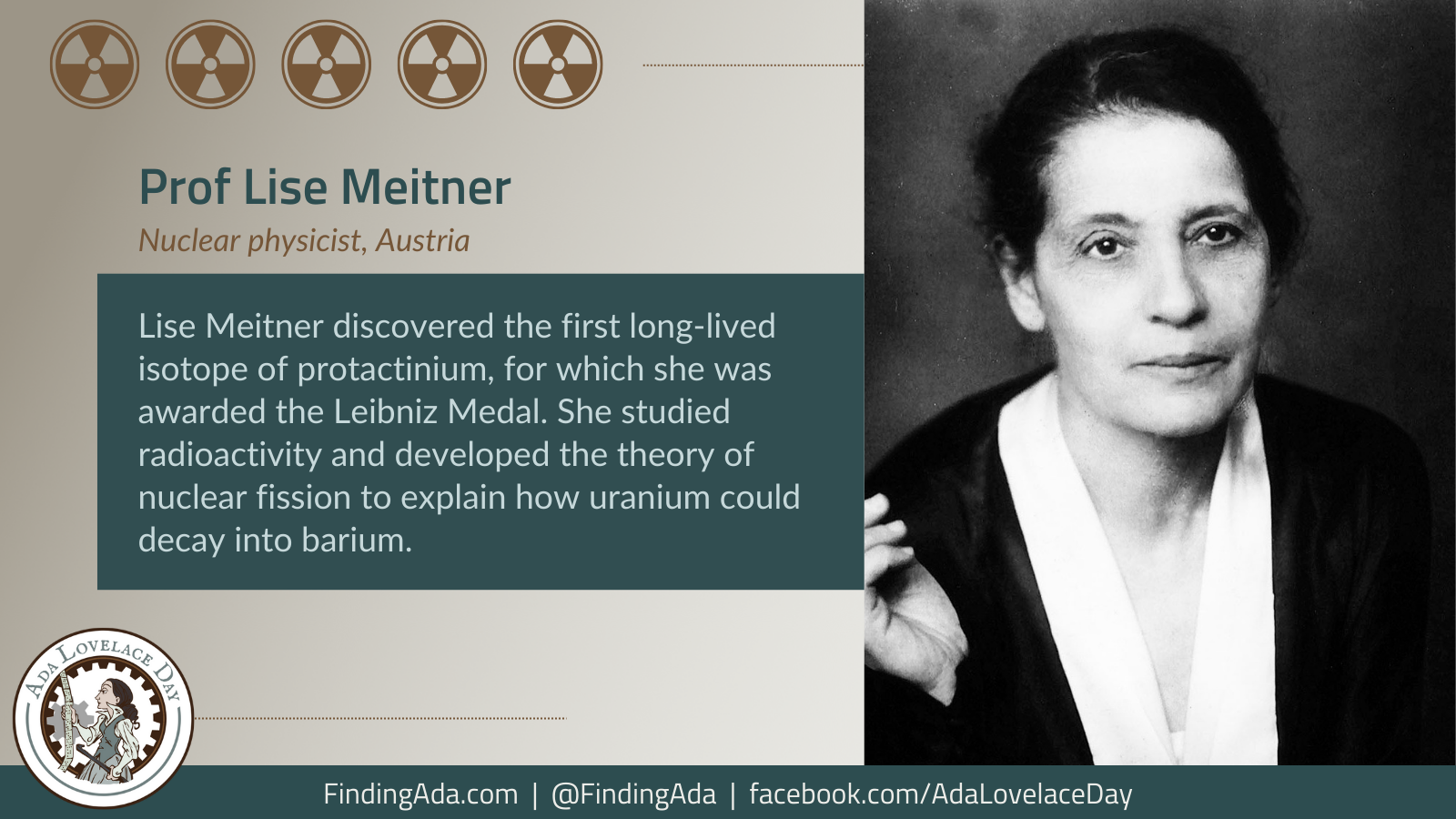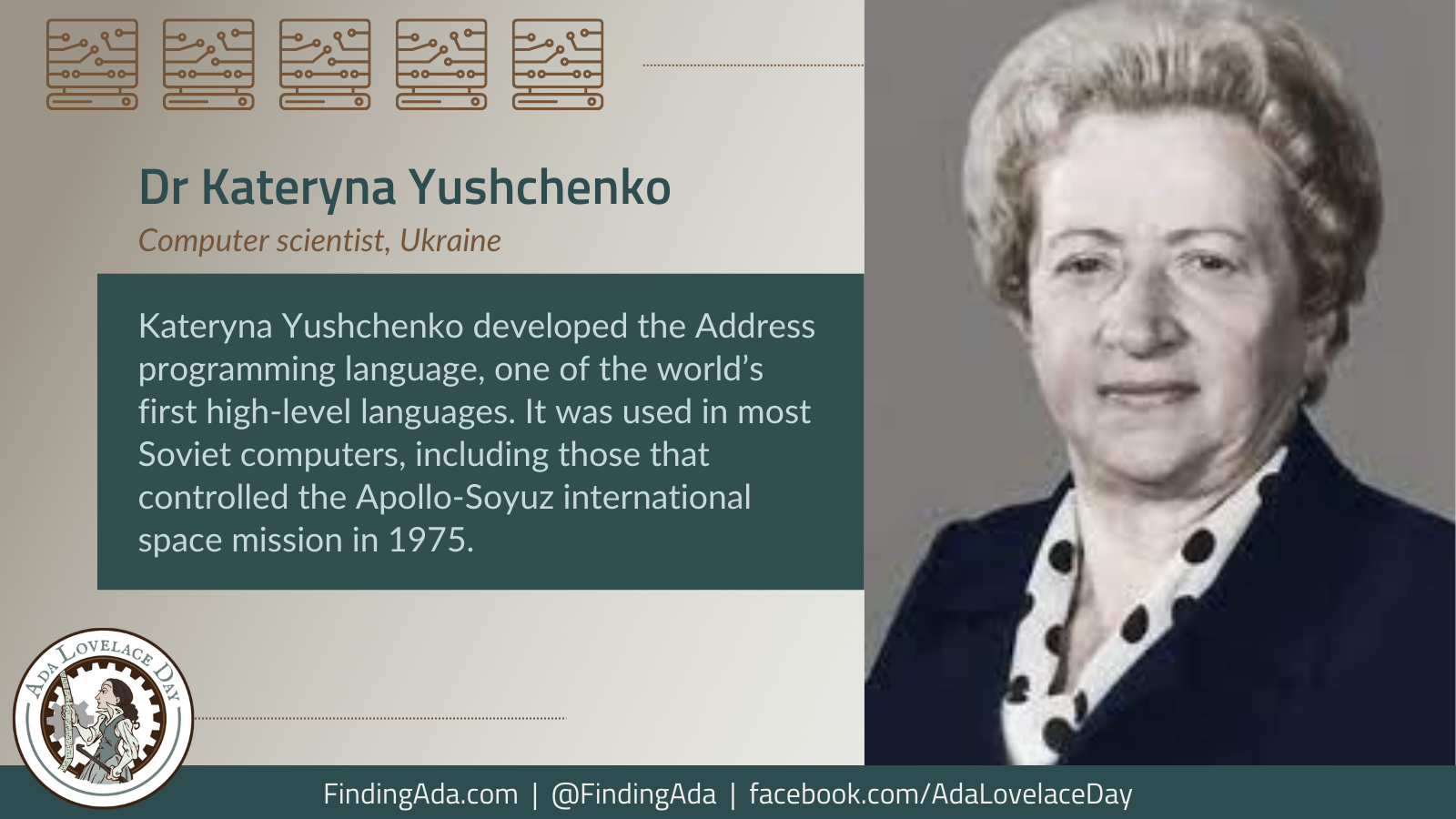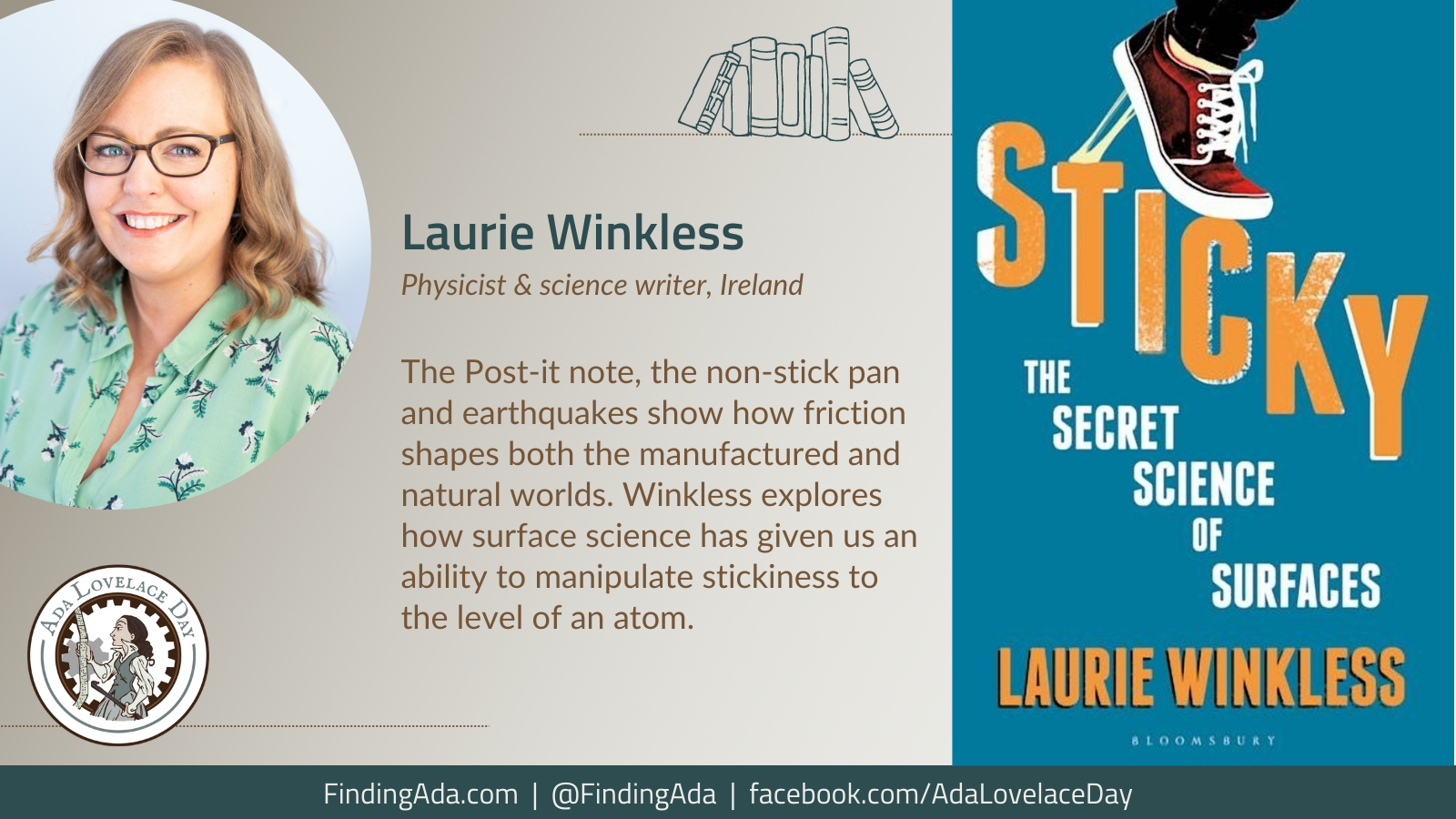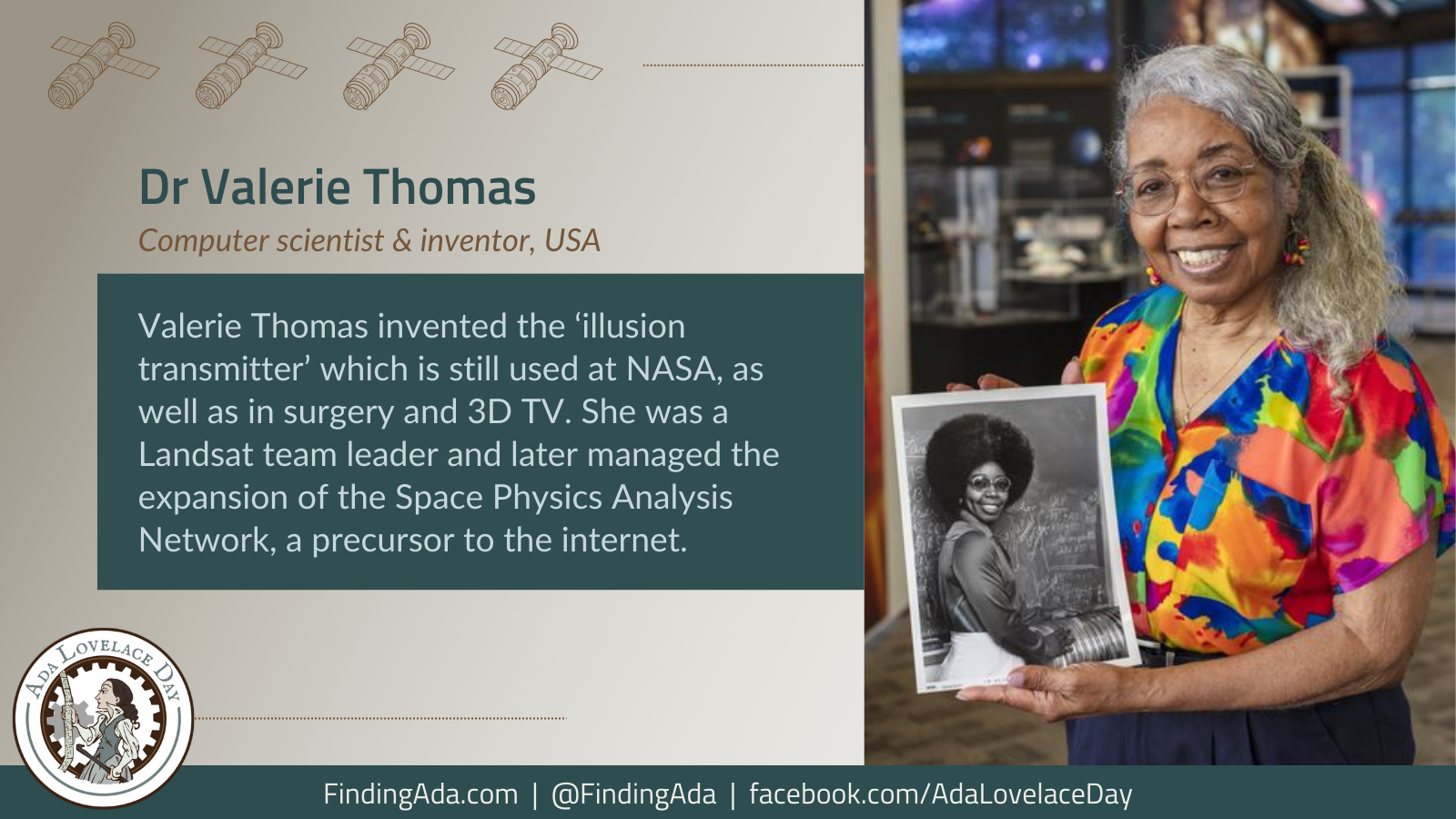
Dr Valerie Thomas
Dr Valerie Thomas, born in 1943, is an African American inventor and NASA scientist, famous for her ‘illusion transmitter’ and work as a computer scientist at NASA. She received many awards for her work and her activism, including an Award of Merit from the Goddard Space Flight Center and the NASA Equal Opportunity Medal.
While technology was an interest of hers as a child, she received little encouragement to pursue this or other science fields. This changed when she went to Morgan State University, where she majored in physics, one of only two women to do so.
After finishing her degree, she began to work on data analysis at NASA as a mathematician and taught herself how to use Fortran. She began her career working on real-time computer data systems that were used in satellite operations control centres.
During the 1970s, she worked on Landsat, becoming team leader for the Large Area Crop Inventory Experiment, an ambitious project which used satellites to predict worldwide wheat yield. She was also responsible for the development of the image processing system.
In 1976, Thomas was at an exhibition where she saw an illusion of a lightbulb that was shining, despite having been removed from its socket. She began designing an optical device that used concave mirrors to create such illusions and in 1980, she patented her illusion transmitter. The design is still in use at NASA and has also become more widely used in other fields such as surgery and 3D video.
Thomas became the Computer Facility manager at the Space Science Data Operations Office at NASA, and was responsible for reorganising and updating the facility. She then did the same at the Space Physics Analysis Network (SPAN), growing the number of computer nodes from 100 to 2,700 worldwide with the aim of improving scientific collaboration. Whilst at SPAN, Thomas worked on projects studying the ozone layer, Halley’s Comet and Voyager.
Outside of her scientific work, Valerie is an enthusiastic supporter of young people, especially girls interested in STEM. She was a mentor for the National Technical Association (NTA), Goddard Space Flight Center and Science, Mathematics, Aerospace, Research, and Technology, Inc (S.M.A.R.T).
She retired from NASA in 1995, but continues with her mentorship activities, inspiring the next generation.
Further Reading
- Valerie Thomas, Wikipedia
- Valerie Thomas, Biography
- Valerie Thomas – Illusion Transmitter, Lemelson-MIT
- Valerie Thomas: Inventor of the Illusion Transmitter, Beyond Curie
- Dr Valerie L. Thomas at NASA: The Face Behind Landsat Images, Yvette Smith, NASA, 10 February 2020
- Valerie Thomas (1943-), Will Guzmán, Black Past, 20 April 2021
- 78-Year-Old Valerie Thomas Invented Technology That Led to the Creation of 3-D Imaging, Sara Bey, Oprah Daily, June 2021
- Meet Valerie Thomas, Hanusia Higgins, Massive Science, 16 September 2021
- Monitoring the Earth: Valerie Thomas and Satellite Image Processing, Jana Thompson, Medium: IBM Data Science in Practice, 13 February 2022
